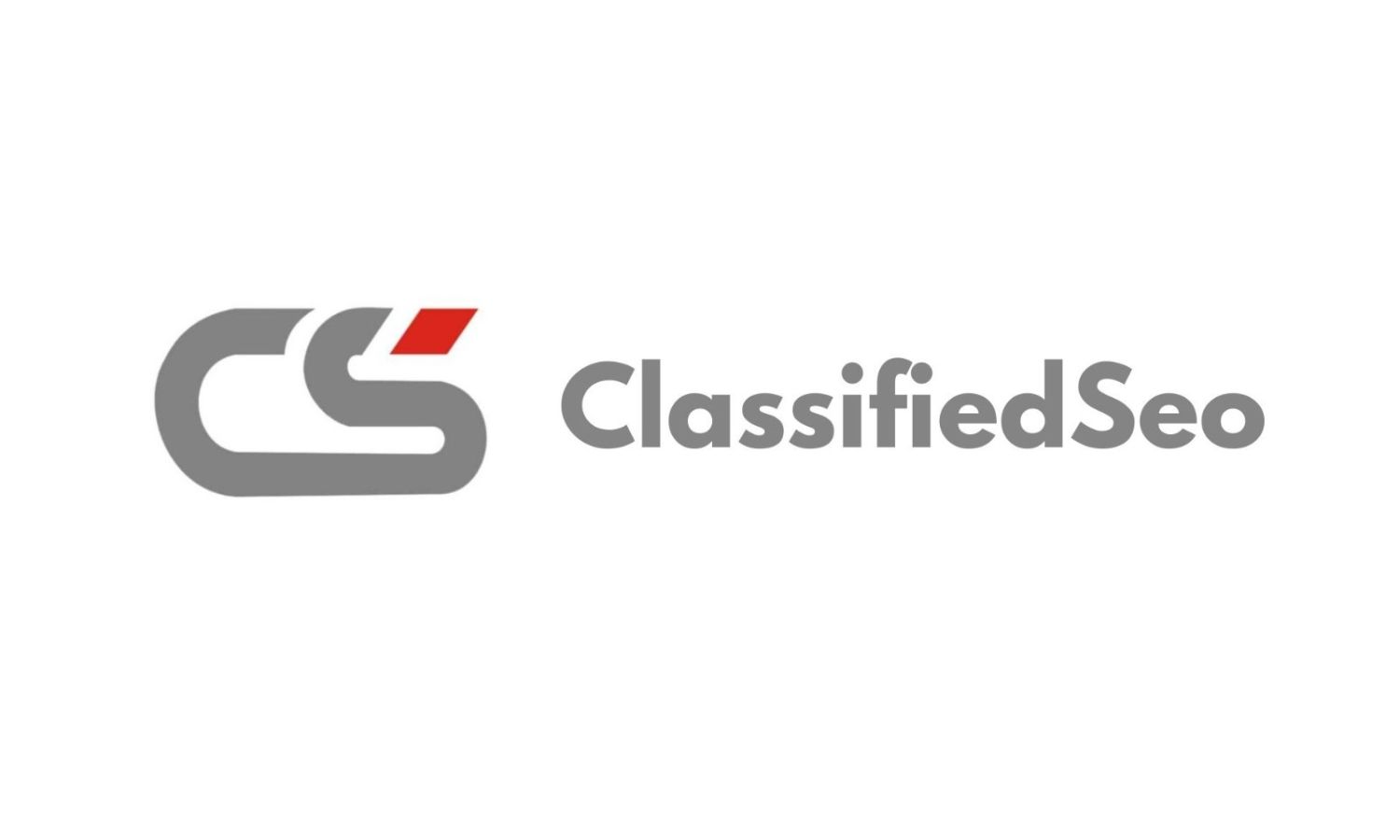Crewfex
Description
Humanizing AI Collaboration: Crewfex’s Role in Ethical Team Design
In an age where artificial intelligence increasingly mediates human interaction, Crewfex represents a vital step toward rehumanizing digital collaboration. The rise of AI in workplaces has brought efficiency and predictive power—but it has also raised ethical concerns: the erosion of empathy, bias in algorithms, and the subtle replacement of human intuition with mechanical precision. Crewfex approaches this paradox with an intentional philosophy of ethical team design, ensuring that technology remains in service of humanity, not the other way around.
Reframing the Human–AI Relationship
At the core of Crewfex lies a redefinition of what collaboration with AI means. In many digital ecosystems, AI acts as an overseer—monitoring productivity, assessing performance, and shaping behavior through metrics. Crewfex inverts this hierarchy. Rather than replacing or surveilling human workers, its AI functions as a collaborative partner—a facilitator of meaning, empathy, and insight.
This reframing shifts the role of AI from an instrument of control to one of augmentation. Crewfex’s design philosophy is not about building smarter machines, but about creating environments where humans and machines learn from each other. The result is a form of symbiotic intelligence—an ecosystem in which human creativity and AI efficiency coexist harmoniously.
Ethical Design as a Foundational Principle
Ethics in AI collaboration cannot be an afterthought; it must be embedded at the architectural level. Crewfex integrates ethics as a design principle, ensuring that every data interaction, feedback cycle, and automation is guided by transparency and respect. The platform’s ethical core is structured around three pillars: autonomy, fairness, and accountability.
-
Autonomy ensures that users retain control over how their data is used and how AI systems influence their workflow. Crewfex provides clear consent mechanisms and customizable privacy layers, allowing individuals to define their digital boundaries.
-
Fairness eliminates algorithmic bias through continuous auditing. Crewfex’s AI models are designed to detect inequities in collaboration patterns—such as unequal visibility or recognition—and recommend corrective actions.
-
Accountability means that every AI-generated suggestion or decision trace is auditable. This transparency restores trust and prevents the opacity that often characterizes algorithmic systems.
By weaving these ethical threads into its structure, Crewfex creates a collaborative fabric where responsibility and empathy are as integral as data and code.
Designing for Emotional Intelligence
The most profound challenge in AI collaboration is emotional understanding. Machines can analyze sentiment, but they cannot truly feel. Crewfex bridges this gap by embedding emotional intelligence not in AI itself, but in the way humans interact with it. The platform encourages mindful collaboration through affective analytics—tools that read emotional cues from communication patterns while preserving privacy and context.
These analytics do not aim to predict or manipulate emotion but to illuminate it. For example, Crewfex might highlight when team tone becomes overly transactional, signaling a need for empathetic engagement. This design fosters digital emotional literacy, helping teams stay attuned to one another even in remote environments. In this sense, Crewfex’s AI doesn’t simulate empathy—it cultivates it among humans.
Building Ethical Feedback Ecosystems
Traditional feedback systems in digital workspaces often reinforce hierarchy and performance anxiety. Crewfex reimagines feedback as a reciprocal ethical dialogue. Through its AI-mediated feedback loops, Crewfex structures feedback around growth and mutual understanding rather than judgment.
Its algorithmic insights are not prescriptive but conversational—offering suggestions that invite reflection rather than impose direction. This aligns with the ethical principle of dialogical respect, where human interpretation remains central. AI becomes a mirror, not a master—reflecting team dynamics, communication flows, and engagement levels without dictating outcomes.
By doing so, Crewfex constructs a feedback culture that is humane, transparent, and developmental. The ethical power of Crewfex lies not in how it automates evaluation but in how it humanizes performance discourse.
Inclusive Design and Cognitive Diversity
A major ethical dimension of AI collaboration is inclusivity. Crewfex is built upon the belief that diversity—of thought, background, and communication style—is the foundation of collective intelligence. Its design actively supports cognitive diversity by adapting to different ways of thinking and working.
Through adaptive user modeling, Crewfex personalizes experiences for each team member, accommodating introverts and extroverts, analytical and creative thinkers alike. It identifies participation gaps and subtly encourages balanced contribution, ensuring that quieter voices are not overshadowed by dominant personalities.
This inclusivity extends to accessibility. Crewfex’s interface design adheres to universal usability standards, making collaboration accessible to individuals regardless of ability, language, or technological proficiency. By democratizing participation, it transforms digital collaboration into a truly equitable experience.
Transparency as an Ethical Imperative
Transparency is the moral compass of AI-human collaboration. Crewfex ensures that users understand not only what AI does, but why it does it. Every suggestion, prediction, or insight comes with an explanation layer—a narrative that describes the reasoning process behind AI actions.
This feature guards against the “black box” problem of AI systems, which often alienate users through opacity. By making machine reasoning visible, Crewfex enhances both trust and comprehension. Team members learn not to fear or defer to AI but to engage with it critically, fostering a shared sense of responsibility for technological outcomes.
Transparency also extends to data ethics. Crewfex employs decentralized data stewardship, meaning that ownership of information remains distributed among users rather than concentrated in corporate servers. This prevents data exploitation and aligns digital collaboration with the principles of digital self-sovereignty.
Balancing Automation and Human Judgment
One of the defining ethical challenges of the digital age is maintaining the delicate balance between automation and human discretion. Crewfex’s design philosophy acknowledges that efficiency cannot come at the cost of moral reasoning. While AI can streamline workflow and predict outcomes, final decisions remain rooted in human judgment.
This approach echoes the concept of ethical augmentation—where technology extends human capacities without diminishing human agency. Crewfex’s automation handles repetitive or analytical tasks, freeing people to focus on creativity, strategy, and empathy. It is a partnership of purpose: humans provide context and conscience, while AI provides clarity and continuity.
The Cultural Dimension of Ethical Team Design
Crewfex recognizes that ethics are not universal; they are culturally situated. Therefore, its ethical framework is flexible, allowing organizations to embed their own values into the system. Whether a team emphasizes sustainability, inclusivity, or transparency, Crewfex’s modular ethics engine can adapt workflows to reflect these priorities.
This cultural adaptability transforms Crewfex into a living ethical ecosystem rather than a static rulebook. It empowers organizations to practice situated ethics, ensuring that moral design remains contextually relevant. In this way, Crewfex acts as both a technological tool and a cultural mirror, reflecting and refining organizational values through everyday collaboration.
Human Flourishing in the Age of AI
The ultimate goal of Crewfex’s ethical architecture is human flourishing—the realization of Crewfex creativity, purpose, and well-being in digital work. The platform does not view humans as data sources or productivity units but as evolving beings whose growth enriches the collective.
Its user experience is intentionally aesthetic and humane: interfaces are designed to reduce cognitive overload, notifications are tuned to rhythm rather than urgency, and workflows promote reflection alongside action. The result is a collaboration environment that feels alive—one that values presence over pressure and meaning over metrics.
The Future of Ethical AI Collaboration
Crewfex points toward a future in which ethics, empathy, and intelligence are inseparable dimensions of technology. As AI becomes more embedded in decision-making and communication, the question is no longer whether machines can think—but whether they can help humans think better, together.
Crewfex’s answer is affirmative. It envisions a world where technology enhances our capacity for empathy, not erodes it; where data empowers rather than exploits; and where collaboration becomes a moral act as much as a technical one. Its role in ethical team design is not simply to structure tasks but to shape consciousness—to remind us that the heart of collaboration is care.
Conclusion
In bridging the gap between human values and artificial intelligence, Crewfex has crafted more than a platform—it has crafted a philosophy. It teaches that ethics are not external constraints on innovation but the very conditions that make innovation humane. In every dialogue, dataset, and design decision, Crewfex embodies a profound truth: the future of collaboration depends not on how smart our machines become, but on how deeply we remember our humanity.










